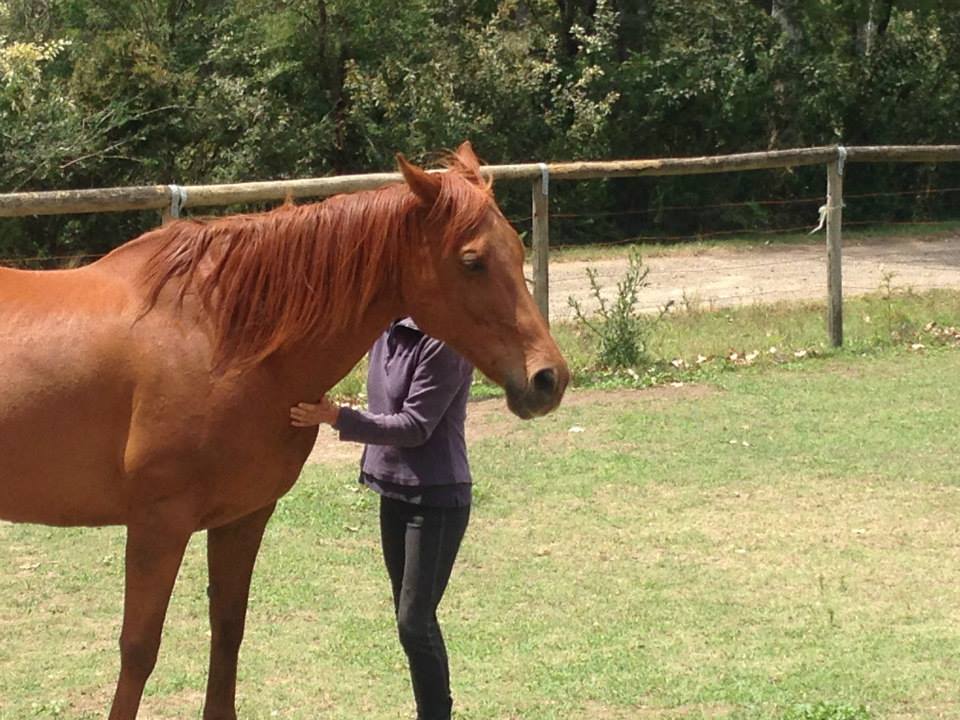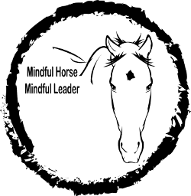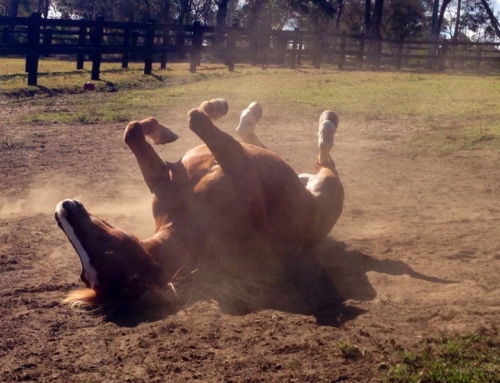There is so much talk of our disconnection these days; disconnection from ourselves, others, our environment. Equally I hear people longing for more connection. My mantra is Calmness, Connection, Compassion…one breath at a time because I believe that if we can quiet the mind, we can pay attention to our body and calm it which in turn gives us the space to connect and if we can do this with compassion, then we will tend to ourselves, others, and our Earth with more kindness.
Much of the work I do with clients is to help bring them back into connection, to help them remember – who they are in essence, what they believe at their core, what their soul journey or higher purpose is. Mostly, the journey begins by coming home to our bodies. It is through our body and our senses that we communicate and interact with the world, and others, though we have come to value thought and verbal language as our prime method of communication, at the expense of our other senses. It is through our body that we can more effectively understand and manage our emotions and it is through our body that we can most effectively manage our stress levels, yet so many of us ignore this. We often have an I-It relationship with our body, whereas an I-Thou relationship would be far better for our overall wellbeing.
There is a belief that soul work takes us down to the depths of earth and water, the yin elements, whereas when we work with spirit we are raised up by the elements of fire and air, the yang elements. Soul work requires that we reconnect with our body, that we are present and if we do this work, we can follow a spiritual path without falling into the too common trap of spiritual by-passing. So, for me, our inner work is crucial and cultivating our inner garden helps us to cultivate an external garden that is more productive, more akin to what we want to see in our world, both personally and collectively in terms of the state of the planet. But this is not just for those on a journey of personal growth, its is also incredibly powerful for people who want to improve their leadership presence, or for people who want to improve their connection with their horse.
Somatic means of the body. Cultivating somatic awareness requires paying attention to our body and its felt sensations, both external and internal. Developing our interoceptive awareness, the sensations within our body, has been shown to improve our ability to regulate stress and emotions, which are very often the problems people come to me with. So many people are in a state of overwhelm, so much on the to-do list, such an overload of information, news, work, etc. and people long to establish some balance, yearn for a sense of peace. These can be found in mindful attention to the body, in developing micro practices that can be incorporated into everyday life and routine with ease, which in turn help the body and the nervous system become more familiar with a state of ease, which makes it quicker to drop into, more readily available for us, when we continue to practice.
As we develop this awareness, we also increase our awareness of others and our surroundings. Working with the horses ensures people receive non-judgmental feedback about what is going on inside, and by noticing the horse’s reaction to the human we get the opportunity to identify and name what is happening, and to experiment by making subtle shifts which enable us to see how we impact others and how they impact us. Paying attention to this body language can significantly improve our leadership presence, our connection with others and ourselves.
With people who work with and ride horses I offer some simple tools and knowledge to become aware of their own nervous system and felt sensations and then we turn to working with the horse/s on the ground, paying attention to their responses to shifts inside us, and tracking shifts in them and the consequent effect inside us. What happens inside us as we approach our horse, what happens in the horse? What happens when we put on a halter, ask them to walk with us? We are always working in relationship with our horse, yet we often forget to pay attention to what we are feeling in our bodies, getting stuck in our heads trying to analyse what an instructor has told us, or break down the movement or aids, to remember a course or test patterns or even just drifting off to think about what we must do after we ride and so on and so on.
For those who have their own horse and ride, we then move onto some simple mounted work to explore somatic connection with our horses when we are in the saddle. Slowing down, noticing what happens in us and what happens in the horse as we think about mounting, as we prepare to mount, as we ride and transition between paces or navigate obstacles……noticing subtle changes and playing with modifying breath, quality of touch, interoceptive cues, can all lead to greater awareness and a more effective and rewarding connection with our horse.
One caveat I always give before starting this work is that, for people who have experienced trauma, paying attention to their body or breath may not feel at all safe and may indeed trigger them. Therefore, I employ a trauma sensitive lens when I work with clients, offering choice, orienting people to resources and titrating the practices to avoid flooding or pushing people outside their window of tolerance. I also make sure people are informed from the outset so that they can choose to opt out or explore these concepts with the help of a licensed mental health professional who engages somatic tools in their practice.


Leave A Comment